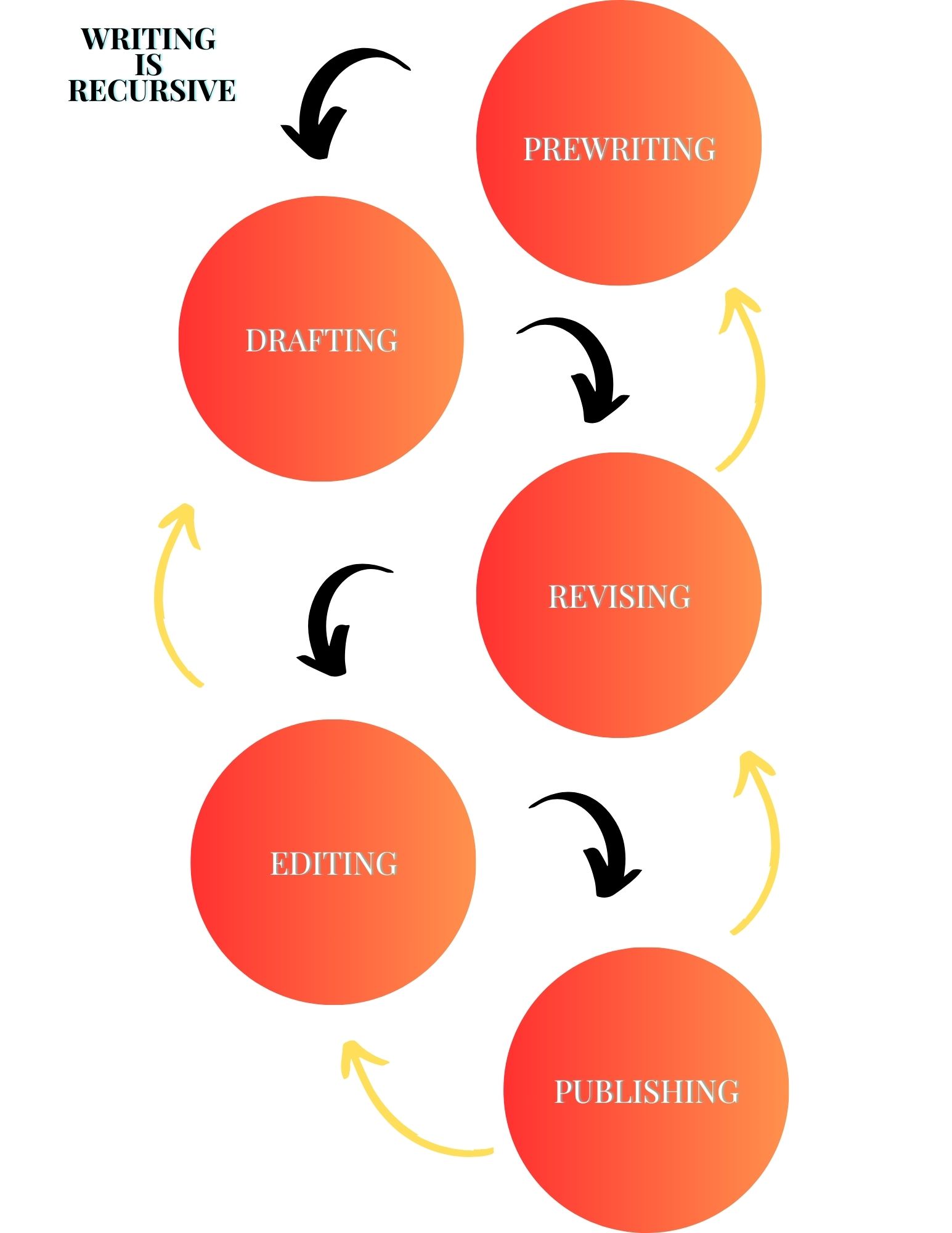Historical fiction is a an interesting genre that transports readers to different eras, offering a unique blend of reality and imagination. As a writer, engaging with the world of historical fiction is a thrilling task, but it requires an intense execution of research, creativity, and attention to detail.
If you think about The Scarlet Pimpernel by Baroness Orczy, you may see a novel that is abuzz with historical tidbits from the setting to specific details: the guillotine of all things.
Today, we are going to explore what historical fiction entails and provide valuable tips and tricks to help you craft compelling narratives rooted in the past.
Understanding Historical Fiction:
Historical fiction is more than just storytelling set against a historical backdrop. It’s a genre that weaves fictional characters and plots into the tapestry of real historical events.
Simply put, historical fiction is a “story with fictional characters and events in a historical setting” (California).
The key to historical fiction is to create a seamless integration, where the historical context enriches the narrative without overshadowing the characters and their journey. The characters may be fake, but the world is real, and so we must engage readers with that world as well.
As The Ohio State University writes: “Historical fiction is not meant for simply explaining facts about history like a typical high school social studies book might but, immerse the reader into the period and allow them to relive experiences during that time” (OSU).
As a writer, you are creating a world entrenched in historical detail, and the characters and plot can be entirely made up. However, you can also create characters that interact with real-world problems, such as Johnny Tremain (1943), which is about a 14-year-old boy who takes part in the American Revolution and meets a host of real people set against a nonfiction backdrop.
Examples of historical fiction
There are many examples of historical fiction, and some of them include:
- The Kite Runner by Khaled Hosseini. The novel tells the tale of a young boy from Kabul, who lives through the Soviet invasion of Afghanistan.
- The Underground Railroad by Colson Whitehead. The novel about a girl named Cora who helps slaves journey to freedom.
- The Clan of the Cave Bear by Jean M. Auel. A book set in prehistoric times that tells the story of Ayla, who lives during the times of Neanderthals and Cro-Magons.
- Memoirs of a Geisha by Arthur Golden. A novel about Sayuri, a woman living through the time of the geishas in pre- and post-World War II.
- The Name of the Rose by Umberto Eco. Also a film, this novel tells the story of William of Baskerville, as he investigates deaths in an Italian monastery.
Tips and Tricks for Writing Historical Fiction:
- Research: Before putting pen to paper, conduct extensive research about the chosen time period. Understand the social, political, and cultural implications, ensuring accuracy in your portrayal of the historical setting.
- Set the Scene: Transport your readers with vivid descriptions of the historical setting. Capture the sights, sounds, and smells of the era, immersing them in a world long gone.
- Characters: Build characters that resonate with the time period while remaining relatable to modern readers. Consider their values, beliefs, and challenges in the context of the historical setting.
- Fact versus Fiction: While historical accuracy is crucial, remember that you’re crafting fiction. Find the margin between staying true to historical events and allowing creative liberties to enhance the narrative flow.
- Use Authentic Dialogue: Research the language of the time and incorporate authentic dialogue. Be mindful of linguistic nuances to add depth and credibility to your characters’ conversations.
Conclusion
Writing historical fiction is a rich and rewarding experience that allows you to bridge the gap between past and present. By conducting copious amounts of research and balancing fact with fiction, you can craft a narrative that informs and entertains.
Works Cited
“Literary Genres.” California Department of Education. Web. https://www.cde.ca.gov/ci/cr/rl/litrlgenres.asp
“Historical Fiction in Young Adult Literature.” The Ohio State University. Web. https://u.osu.edu/waitelit3356iip/sample-page/







